Despite all the conveniences of a washing machine, some things need special care and control during washing, which can only be done manually. Contrary to the stereotype, not only children's clothes, silk and wool deserve hand washing. Thanks to this care, clothes and underwear will serve you longer and please you with your appearance.
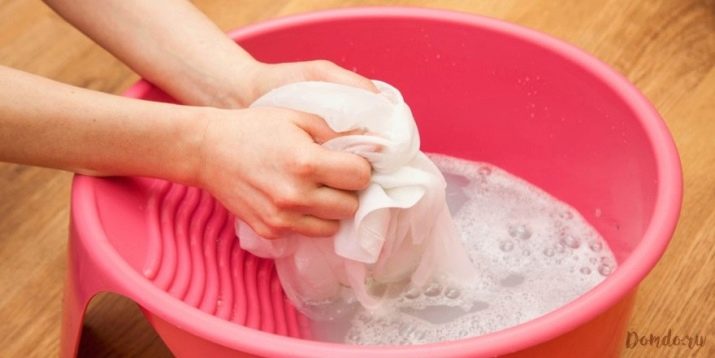
What pollution are there?
All things around us get dirty to varying degrees - sometimes not even visible to the human eye. This process is influenced by several factors:
- Structure (porous things are affected more);
- The surface (smooth fabrics in this regard are much more practical in comparison with uneven - knitted or printed);
- The property of passing dirt particles through oneself;
- The ability to retain these particles in oneself;
- Finishing the material (that is, those processes that can change their characteristics);
- The presence of electrostatic voltage (it literally attracts dust).
- Absorbency (the higher it is, the more substances linger inside);
- Composition (addition of synthetics increases pollution). Natural fabrics, such as wool, to a lesser extent retain dirt on their surface. Although if it looks clean from the outside, then inside the threads everything can be the other way around.
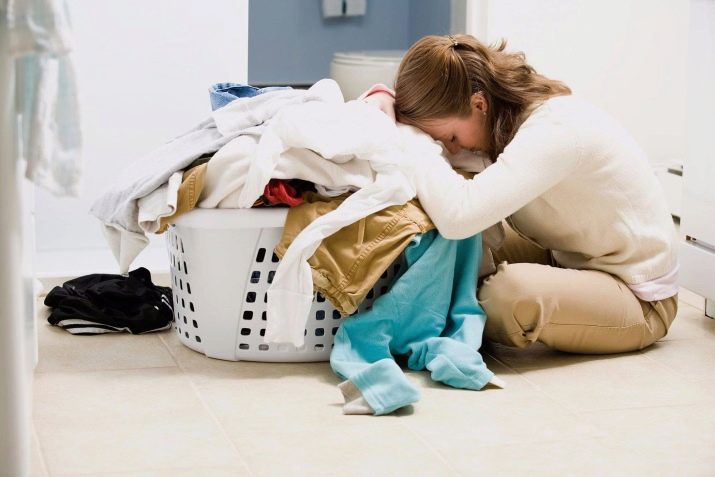
All pollution are divided into:
- Local (local) - to clean them, it is not necessary to erase the entire product, if after this there are no stains.
- General (affecting most of the surface).
Depending on the nature of origin, they are divided into:
- organic
- inorganic.
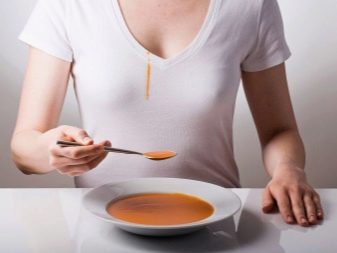
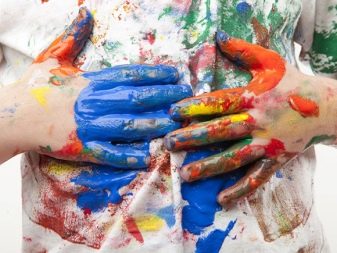
The strength of the bond between the fibers and the contamination determines the amount of effort required to remove it.
Simple mechanical couplings do not require complex actions, unlike those cases when a chemical reaction occurs between a substance and a tissue. Moreover, the hit of some of them can lead to irreversible consequences in the form of a violation of integrity, the appearance of sprains, coarsening, etc.

How to wash?
All contaminants, depending on the method of excretion, can be classified as:
- Water-soluble (dust, food and drink, various water-based products). Their removal can be final or with subsidence within the tissue (soot is an example).
- Removable with solvents (fats and other oil-based products).
- Protein and the like, capable of oxidation and other reactions (blood, sweat, mold, rust).
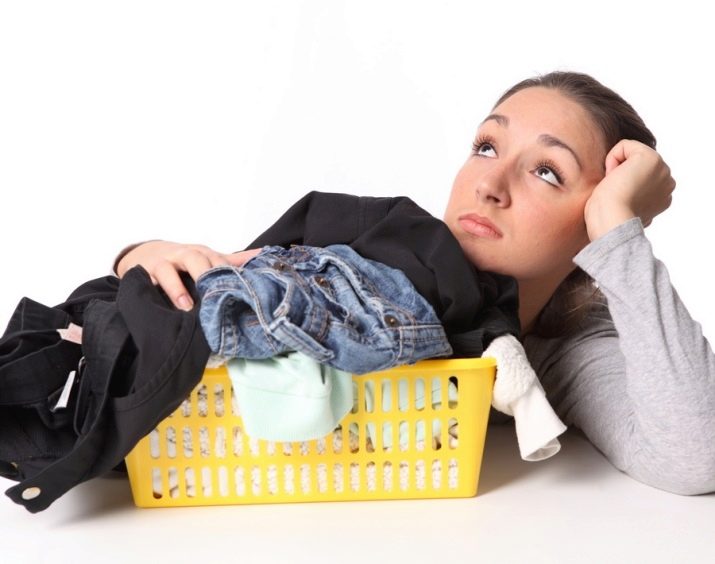
Before you begin the removal process, you need to remember the following rules:
- Any remedy, in order to avoid tissue destruction, needs to be tested in a small, less noticeable area. This is especially true for dyed products.
- In some spots, you first need to clean the top layer, preventing the penetration deep into the fibers. If this happened, then all work is carried out from the wrong side, putting a clean white cloth under the thing.
- With local cleaning, all solutions are applied with a swab, starting from the periphery to the center. Particular attention is paid to the edges so that no halo remains.
- All movements should be soft, without pressure and stretching.
- As cleansing, swabs should be changed to clean.
- All success depends on how much time has passed since the dirt hit the product. Some substances on the surface are oxidized, in which case it will not be easy to get rid of them.
- If you are not sure about the nature of the origin of the stain, in no case do not immediately use hot water and aggressive stain removers. Start by soaking or washing in a cool soapy solution. If this does not help, go on to more radical solutions.
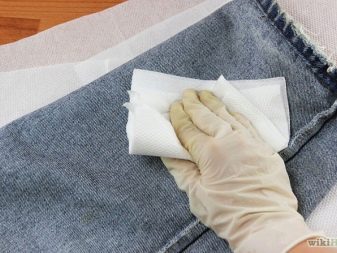
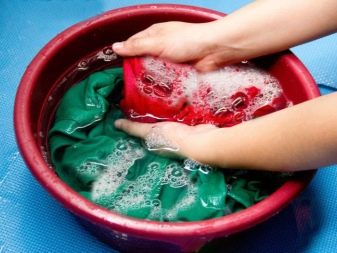
All detergents can be divided into three groups:
- for general pollution;
- with bleach;
- with additives (enzymes) as a stain remover.
According to the form of release, they can be:
- in powder form;
- gel-like;
- liquid.
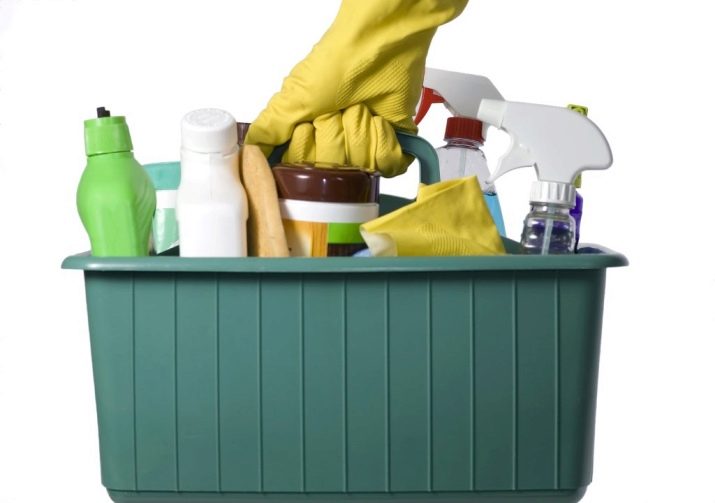
The latter two have significant advantages, as they dissolve better and, therefore, they are more effective and gopoallergenic.
All of these tools can be universal or intended for certain materials (for example, delicate). In the event that there is no way to purchase them, without wasting time, you need to use time-tested home methods. For example:
- Stains from tea, cocoa or chocolate are washed in cold water, after which they are treated with an aqueous solution of ammonia (a tablespoon per liter) or oxalic acid (half a teaspoon per glass).
- Spilled wine is sprinkled with salt, shaken and washed with ammonia or another type of alcohol.
- Traces of milk are saturated with warm glycerin or brown (a teaspoon per liter).
- A grease stain is sprinkled with talc, chalk or salt, allowed to soak. The remaining trace is washed with a dishwashing detergent.
- Starch is repeatedly rubbed into iodine until it disappears.
- Ink is removed with alcohol or vinegar.
- Traces of sweat and other waste products are washed in a strong saline solution, previously moistened with ammonia.
- Rust is removed by citric or acetic acid.
- Stains of plasticine, wax or cosmetics are wiped with oil and washed with soap.
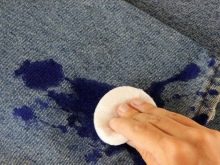
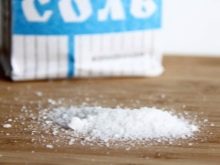
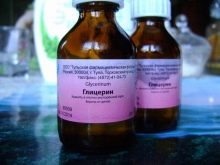
After all means, clothes or other products are washed, as usual, or rinsed thoroughly.
How to quickly wash off?
Clothes are pre-sorted:
- By color - divided into dark, light and color. With color and combined things you need to be extremely careful. The first time they are washed in salted water. If the blouse does not fade, and the water has stained, then an extra dye has come out. In any case, such clothes should be washed separately.
- In composition. Typically, each product or package has a label indicating the composition and characteristics of the washing mode. If this is not the case, you can use the tables for recognizing tissue by appearance and reaction to burning. Fabrics can be clean (cotton, linen, woolen, silk) or mixed - with viscose, lavsan, capron and other artificial fibers. Each tissue needs its own treatment regimen:
- Cotton and linen even withstand boiling, they can be bleached and use different detergents;
- Silk (including artificial) and synthetic fabrics require neutral washing powders and a regime of up to 45 degrees;
- Wool is washed exclusively with liquid products or specially designed for this and in water at a temperature of 30-35 degrees. In addition, delicate fabrics (sweater or nylon tights) should not be twisted, squeezed and rubbed. Brushes and other accessories are applicable only to cotton fabrics.
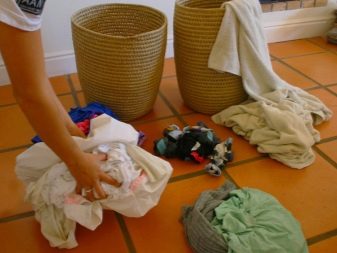
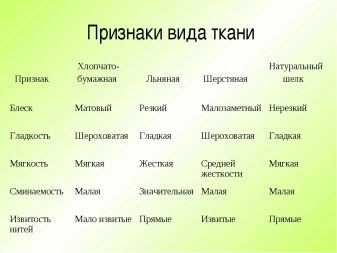
- By sight - Outerwear (jackets) and underwear (men's shirts, T-shirts, women's sweaters, underwear), even if they are the same in composition, do not dump in one pile for hygiene reasons. For children's clothing, only hypoallergenic agents are used.
- According to the degree of pollution. Sometimes a sweater, blouse, dress or pants just need to be freshened up to be cleaned in a closet, without intensive procedures.
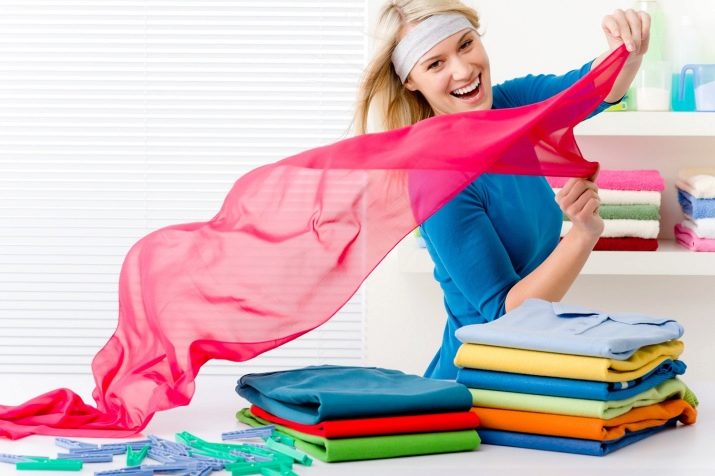
Any washing includes such basic steps as:
- soaking (if necessary);
- hand cleansing;
- rinse (until the powder is completely removed from the fabric).
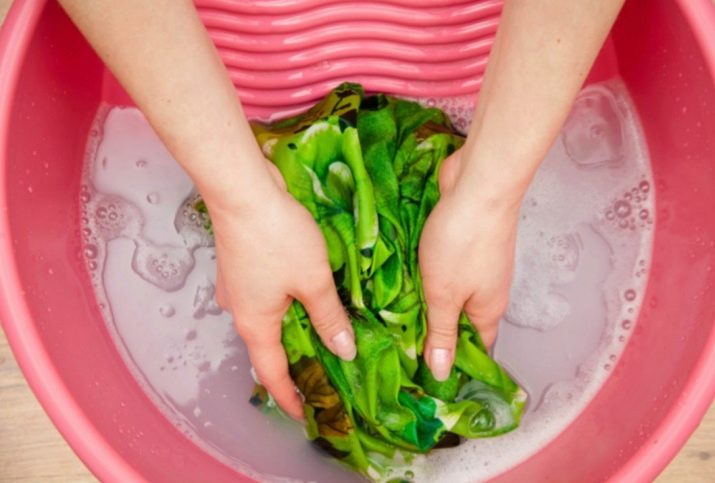
Shoes can be washed by hand only if they:
- made of textiles (sneakers, slippers, ballet shoes, sneakers);
- with high-quality joints (it is preferable that all the seams are stitched, since the glue can separate).
This process includes the following steps:
- Inspection Detected dirt and stains need to be cleaned, all gaps to be sewn up, especially on the lining.
- Take out the laces and insoles (they need to be washed separately).
- Dilute the powder or gel in warm water, soak the shoes for no longer than 20-30 minutes.
- Prepare a new solution and proceed to cleanse. To do this, you can use special narrow brushes (or regular toothbrushes) that will provide access to the far inner corners. Do not squeeze the product and bend the sole.
- Rinse in clean water, drain.
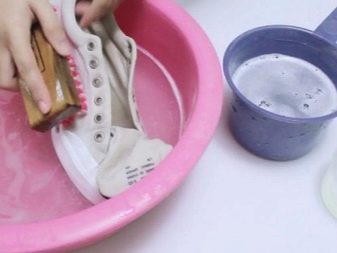
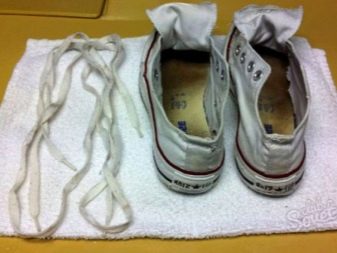
A universal remedy will be ordinary laundry soap. It not only cleans well, but also has an antibacterial effect. For leather, suede and leatherette furniture, dry cleaning is more suitable.
Interior items get dirty no less than clothes, and they are erased much less often, as this is fraught with certain difficulties. Firstly, not everything can be downloaded to the machine. If the weight of the plaid exceeds the permissible - it may break. Secondly, the filling of pillows and blankets at high speeds can go astray. To keep the pile of rugs or rugs fluffy, handle it with care.
As a rule, difficulties arise with the fact that such things absorb a lot of water and become heavy. Therefore, you need to calculate your strengths in advance in order to complete the job. An alternative way to wash bulky things for people who are contraindicated in physical activity is stamping their feet.
Liquid preparations are preferable; they penetrate deeper into the surface and are subsequently washed out. Properly selected conditioners help maintain softness and shape.
Children's soft toys are washed only liquid natural remediesso that the child does not have skin reactions.
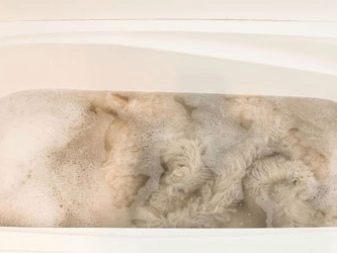
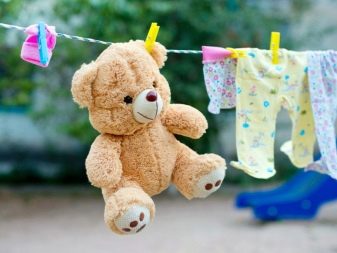
Tips & Tricks
A few tips and tricks for hostesses:
- Before any washing, the product is shaken out, cleaned of dust with a brush, stains are removed. In addition, all damage (tanning, holes, loose threads) must be repaired, since after washing they can increase. All decorative trim must be removed, the fasteners are fastened and wrapped in cloth.
- Ideal for drying any product is street fresh air. Of course, such conditions are not available to everyone, but the ventilation in the room should be good - so this stage will end faster, and bulk dense things will not have an unpleasant smell. Using cabinets and other drying devices, make sure that the temperature is consistent.
- Wool and other stretchable fabrics are dried in a horizontal position. Shake products before drying, and exclude clothespins that can leave dents.
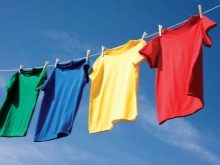


- Shoes after washing are thoroughly wiped, stuffed with paper or rags, which are periodically changed until completely dry.
- It’s not necessary to squeeze things, they can be spread on a towel and rolled into a roller. This method is suitable for highly wrinkled fabrics, with pile and bulk.
- If a thing has sat down and stretched, it can be reanimated. For shrinkage use washing in hotter water, the use of hydrogen peroxide or ironing in the wet state with a hot iron. To stretch, you can soak for several hours in salt water, and then apply physical impact - with the help of hands or other devices, give things the right position and dry.
- A thing that has lost its color can be revived by washing in a weak solution of vinegar.
For any washing, the main thing is to always remember that any thing requires an individual approach and a sense of proportion.
For information on how to wash things by hand, see the next video.










